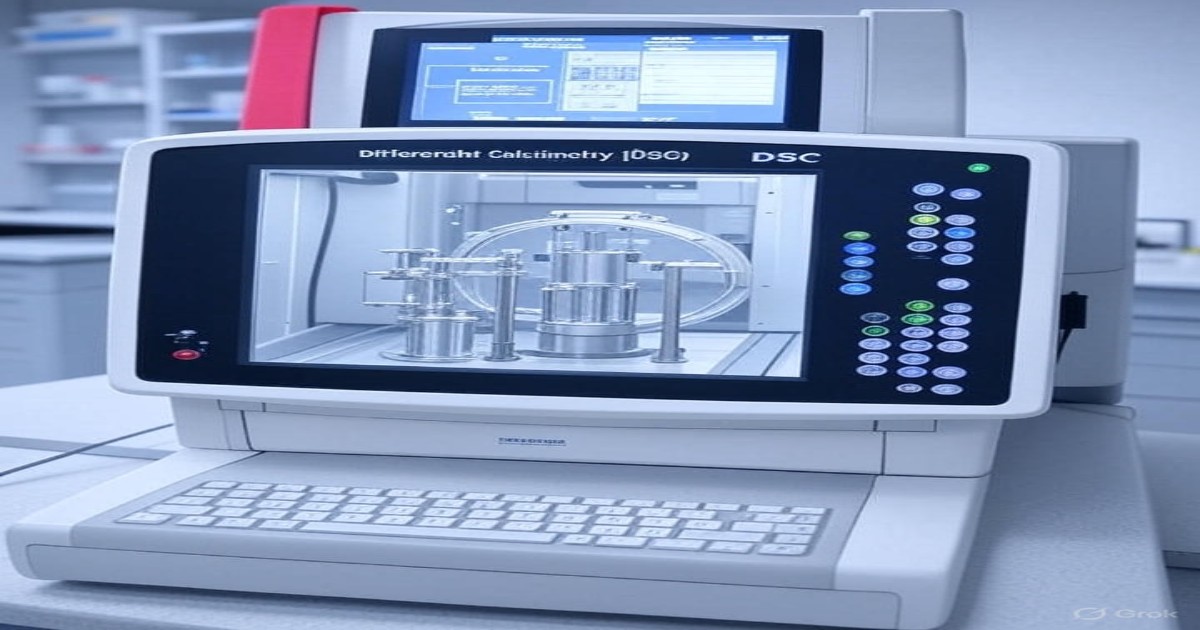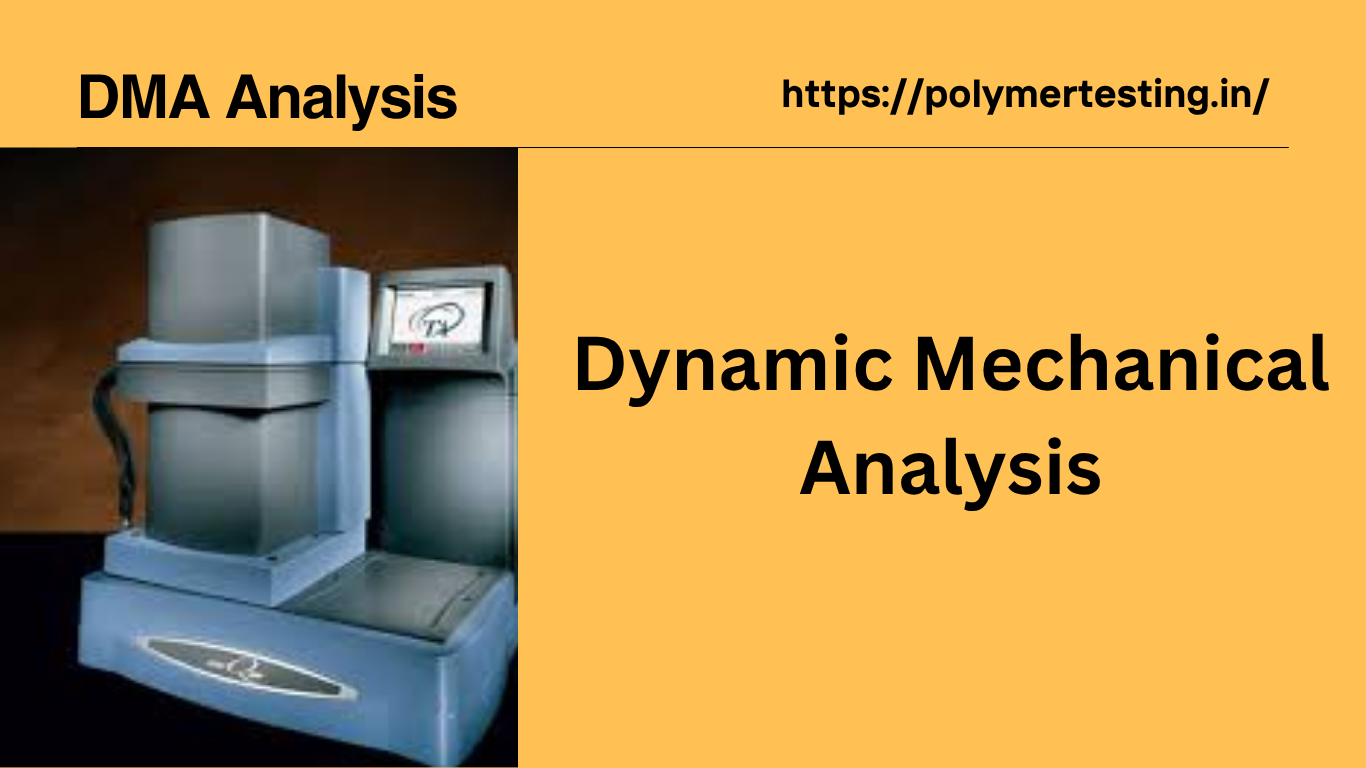Determination of Melting Point Using Differential Scanning Calorimetry (DSC): A Comparative Study Based on ASTM D 3417 and ISO 11357
DSC is a thermal analysis technique that measures the energy absorbed or emitted by a sample as a function of temperature or time.
Significance
DSC can be used for a wide variety of applications, including polymer, organic, and inorganic analysis to measure:
- Glass transition temperature
- Heats of crystallization and fusion
- Degree of cure of thermoset
- Heats of curing reactions
- Oxidative stability
- Heats of decomposition (dehydration)
- Heats of vaporization and heats of solution
- Combined with an FTIR analysis, a DSC thermal scan can be used to help further identify certain types of materials by their melting points and is a useful tool for checking plastic parts or resins for contamination not seen by FTIR.
DSC Application :

Test Method: ASTM D 3417, ISO 11357

.Samples: powder, liquid, or crystal (5-10 g)
Apparatus– DSC Test Chamber

This chamber is composed of the following :
- Furnace(s), to provide uniform controlled heating (cooling) of a specimen and reference to a constant temperature or at a constant rate within the applicable cryogenic to 1200oC temperature range of this test method.
- Temperature Sensor, to provide an indication of the specimen temperature to ± 10mK (0.01oC).
- Differential Sensor, to detect heat flow difference between the specimen and reference equivalent to 1mW.
- Means of Sustaining a Test Chamber Environment of inert purge gas at a purge flow rate of 10 – 50 ± 5mL/min.
- Temperature Controller, capable of executing a specific temperature program by operating the furnace(s) between selected temperature limits at a rate of temperature change of 10 to 20oC/min constant to ± 0.1oC/min or at an isothermal temperature constant to ± 0.1oC.
- Recording Device, either digital or analog, capable of recording and display any fraction of the heat flow signal (DSC curve) including the signal noise as a function of temperature.
- Containers (pans, crucibles, vials and so forth) that are inert to the specimen and reference materials and which are of suitable structural shape and integrity to contain the specimen and reference in accordance with the specific requirements of this test method.
- Cooling capability to hasten cool down from elevated temperatures, to provide constant cooling rates of up to 10oC/min, to achieve subambient operation or to sustain an isothermal subambient temperature or combination thereof.
- Balance, with a capacity of 100mg or greater to weigh specimens or containers or both, to ± 10µg.
- Contains equivalent sample and reference compartments located adjacent to each other.
- The reference compartment contains an empty aluminum pan and cover equivalent to those used to encapsulate a test sample.
- The sample compartment is where an encapsulated sample of about 10 to 15 milligrams is placed for testing.
The sample is heated at a controlled rate and a plot of heat flow versus temperature is produced. - Contains equivalent sample and reference compartments located adjacent to each other.
- The reference compartment contains an empty aluminum pan and cover equivalent to those used to encapsulate a test sample.
- The sample compartment is where an encapsulated sample of about 10 to 15 milligrams is placed for testing.
The sample is heated at a controlled rate and a plot of heat flow versus temperature is produced. - The resulting thermal scan is then analyzed. The ASTM Heating Rate is 10°C/minute for melting point (Tm), 20°C for glass transition (Tg). The ISO Heating Rate is 20°C/minute..
DSC Curve :

Factors Influencing:
- Specimen preparation
- Specimen weight
- Rate of heating
- Types of purge gas and flowing rate
- Reference material










2 comments